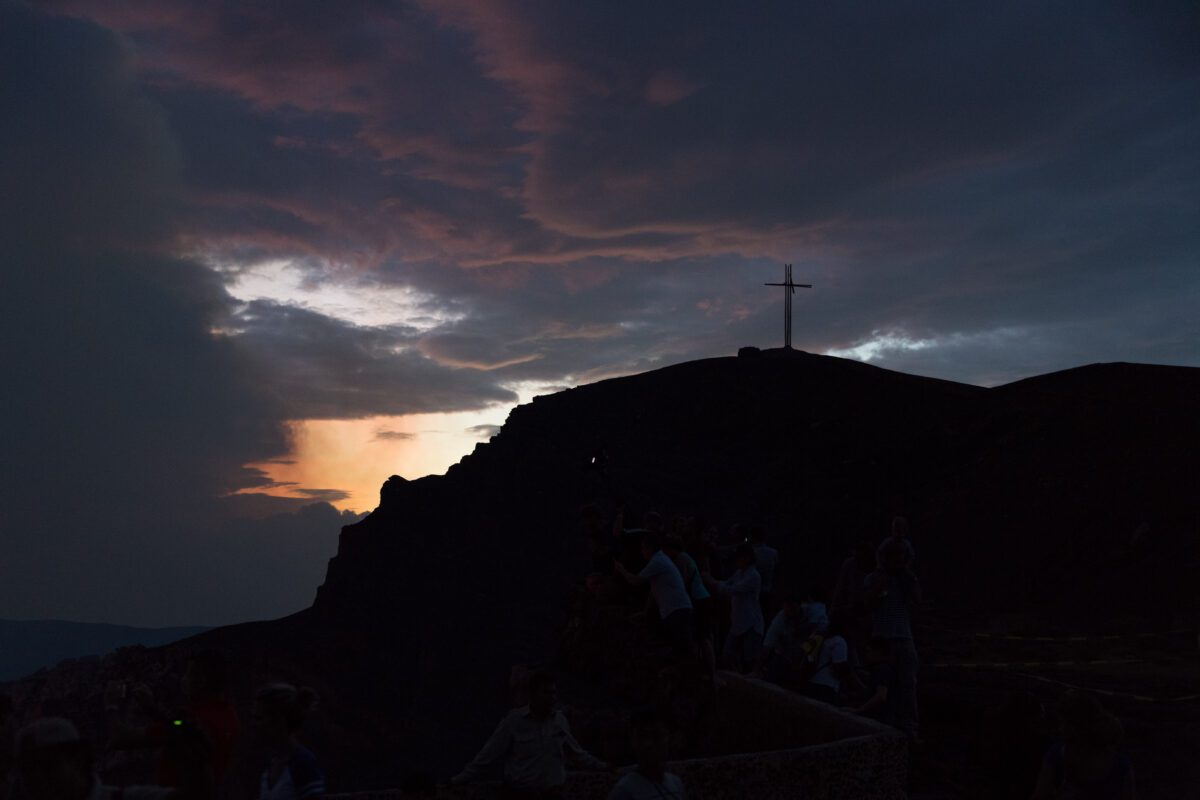The other day I was processing some of my thoughts with one of my mentors Greg Thompson.

Greg Thompson retired last year from Chick-fil-A, where he was the senior director of corporate communications. Before joining Chick-fil-A, Greg spent 25 years in various global communications management roles for IBM in the U.S. and
Asia, including more than five years living in Tokyo, Japan. Greg joined IBM after a career as a photographer, sports writer, political writer, editor, and bureau chief for three newspapers and The Associated Press.
I was getting frustrated with some people who were not refining the story but instead expanding the story. So, I made a comment that I thought writers were used to being able to make changes up to the last minute. Greg said that in his years of experience, it was not due to being a writer but to being indecisive.
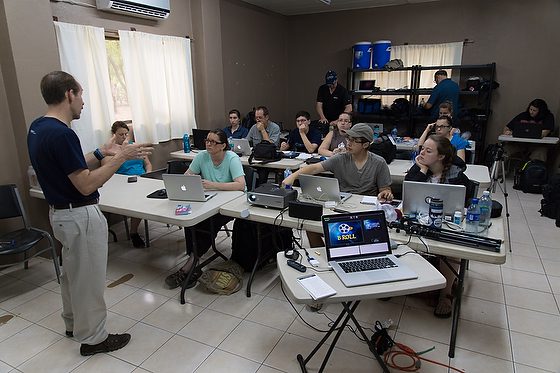
I have been working with our Advanced Storytellers workshop in Nicaragua. The biggest thing we are doing in this workshop is inviting the participants to see how to create a communications plan. The plan is to tell a story that will help a missionary organization.
A lack of process clarity guarantees a slower, more convoluted path to the desired outcome. It would help if you made decisions that will have you focused on compellingly telling a story that invites the audience to join the narrative.
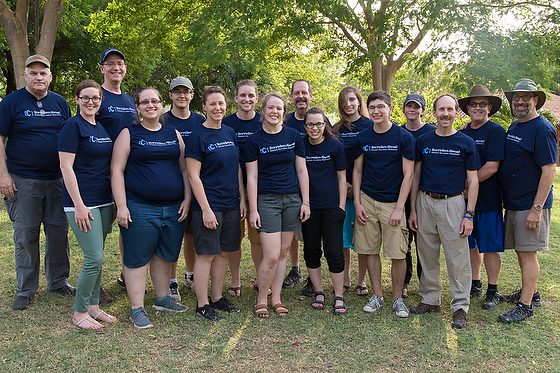
What I watch happen every time with any organization is they want to tell the audience everything they do and, in the process, not only don’t engage the audience but turn them off.
If you step logically through a proven process, you will waste less time and use the right resources at the right time.
Before we even begin to tell a story, we ask the organization what the problem they need to solve is. If we do our job as professional communicators, what will success look like to them?
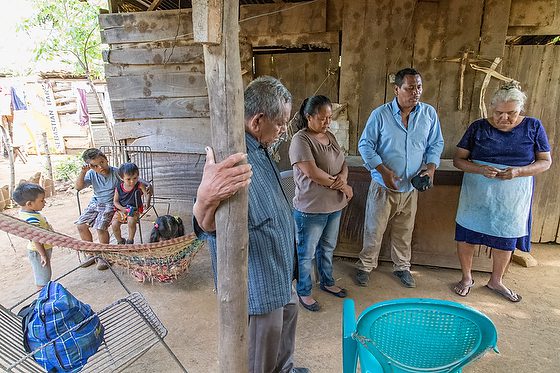
Once we have this goal, we know our purpose and can decide if something stays or gets cut in our communications.
We are using the hero’s journey as a framework to tell stories. The very first thing we will do is establish a crisis for the main character.
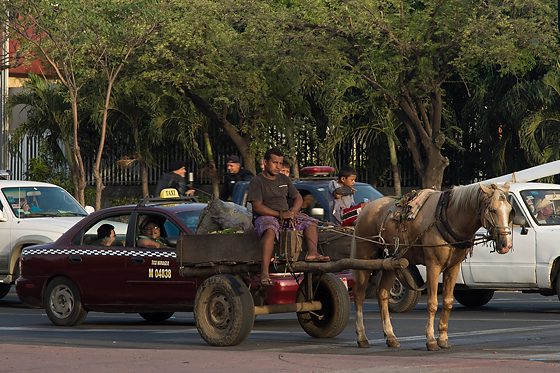
The 2018–2020 Nicaraguan protests began on 18 April 2018 when demonstrators in several cities of Nicaragua started to protest against the social security reforms decreed by President Daniel Ortega that increased taxes and decreased benefits. After five days of unrest in which nearly thirty people were killed, Ortega announced the cancellation of the reforms.
The missionaries we are working with had to leave Nicaragua quickly. Many went to neighboring Costa Rica. When they left Nicaragua, some of their supporters stopped their support of the center they used as a base and redirected those funds to other missionary projects in other countries.
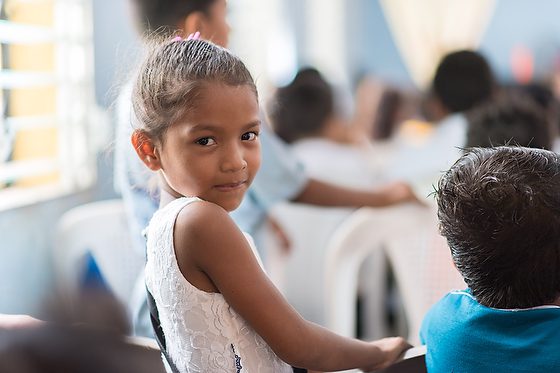
The center defunded in this process has served as a hub of their ministry since they returned. It is like a small college or camp. It has dormitories, a dining area, and classrooms, making it a great place to host groups for all types of training.
We started with their objective and goal, which was to raise financial support of at least $4,000 a month for their operational budget. Even though we had talked through this, some missionaries didn’t understand why we had to start with the protest and them leaving the country, but the audience needed to know quickly why there was a problem. Why are you contacting them and wanting their support?
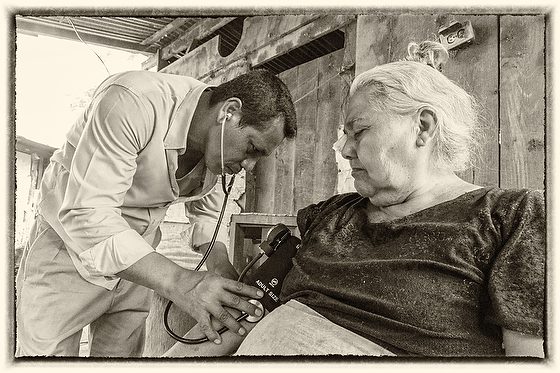
Too often, missionaries and any organization want to tell people all they are doing. Keeping everything positive but missing the critical part that storytelling does better than a bullet list. When I hear many people speak from nonprofits, I wonder why they need help. They have built wells or built churches. They tell you all their successes and never do a good job of establishing why they need money.
You always start with the crisis in a story. It helps to clarify the objective of the organization. We are trying to solve this problem, and the story invites the audience to join in the main character’s journey.
You can do it faster when you know precisely what you are trying to achieve. Period. I doubt that requires more explanation. Speed comes from greater clarity of purpose and process.
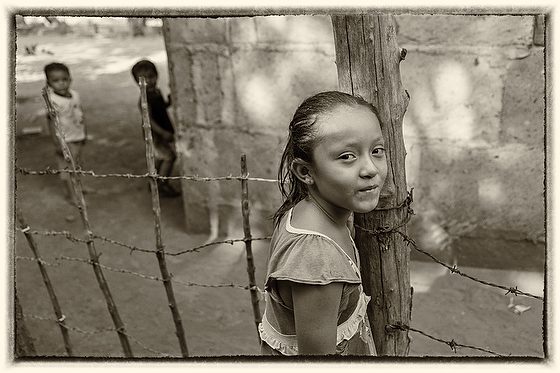
Right from the start, I asked the missionary team about their most significant need. What keeps you up at night and worrying about tomorrow?
If they lose the center where they are doing their ministry, everything will get more complicated, expensive, and even prohibitive in some cases for them to do their work.
Once we knew the priority, we looked for people they had helped through the center in the past to tell their stories. We have many more people like this person to help and need the audience to come along with them and help them accomplish their goal of changing lives for the better.
After some questions, they mentioned this pastor. He was called into the country where some people wanted to start a church. He didn’t know how to do this and needed help. He heard about the missionaries. They told him about their center and their classes.
Out of this church, another crisis for the community started to pop up. The kids didn’t have much to do and just got involved in drugs, and many girls became pregnant as early as 9 or 10 years of age. This led them to start programs for the youth in that community. They had church teams from the US come in and do camp programs during the summer, and the center helped to train the community to create programming for the youth.
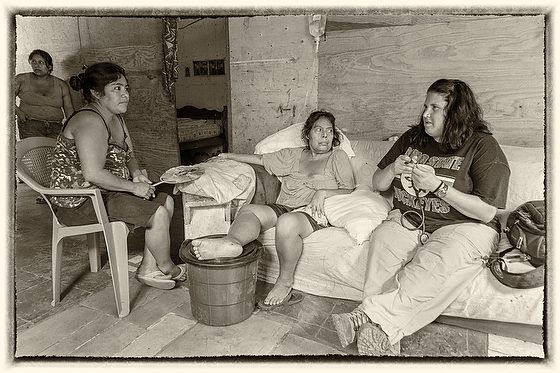
Other programs for women who needed a purpose in their lives came through bible studies, teaching them how to reach their neighbors.
We have decided to learn more about these different programs that this pastor’s church has created with the help of the center to tell the story of how this center is helping to change the lives of communities in Nicaragua.
Muddled processes don’t provide much evidence of logic, sound input, fairness, or representation of interests. Confused decision processes create skeptics and cynics, not supporters of those missionaries.
We will have limited time in the country, so we are trying to identify all the characters and as much as possible about their stories before we land in Managua. We have had three video conference calls with the team. The team comprises people from four countries—Togo, West Africa; Columbia, South America; Nicaragua, and the United States.
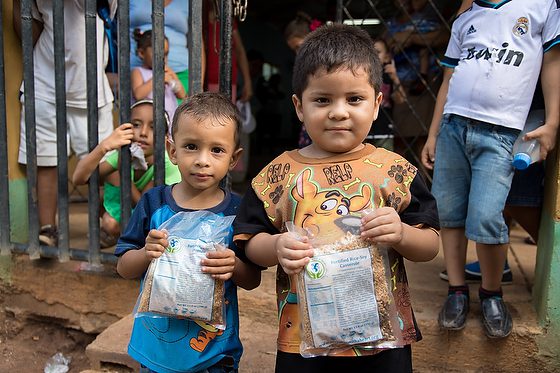
Next month when we land, we need to have all the interviews lined up and then have time to capture video and photography of these people in their churches, homes, and places of business to tell their stories.
If you get off the plane and nothing is lined up, it is because we were Wishy Washy.
By creating clarity of purpose, process, and roles, people learn to trust the system and let go. Once that happens, they can get back to their top priorities and amp up their ability to focus.
Numerous missionary teams think they are focused but are working on five decisions and two plans simultaneously. And they wonder why they keep going in circles. They haven’t figured out what decision they are making and are trying to make several at once.
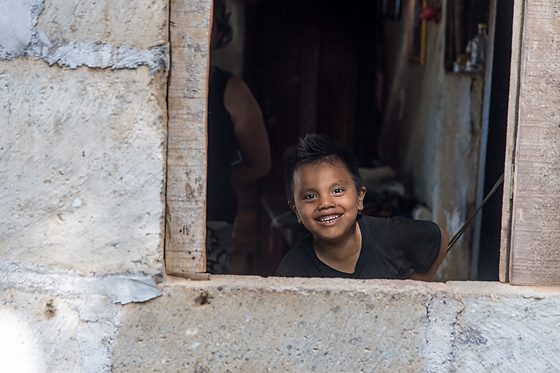
How you leave people feeling is always important. Decisions made with clarity produce the best results across the board.
Here is my list that I work through with missionary organizations:
- What is the #1 priority problem that needs help? What is it that keeps you up at night from sleeping?
- Is there someone that you have helped that represents what success looks like? This becomes the main character
- What was their problem that you helped them with?
- Who on your team helped them? Who was the guide in the story?
- What was the plan that the guide had for the main character?
- What was the call to action from the focus to the subject?
- What does failure look like if the issue isn’t successful?
- What was the success of the matter?
Due to time constraints and budget, we must stay focused. Sometimes there isn’t a clear choice in this process, but you must pick. Suppose you have to flip a coin. Don’t be Wishy Washy.

